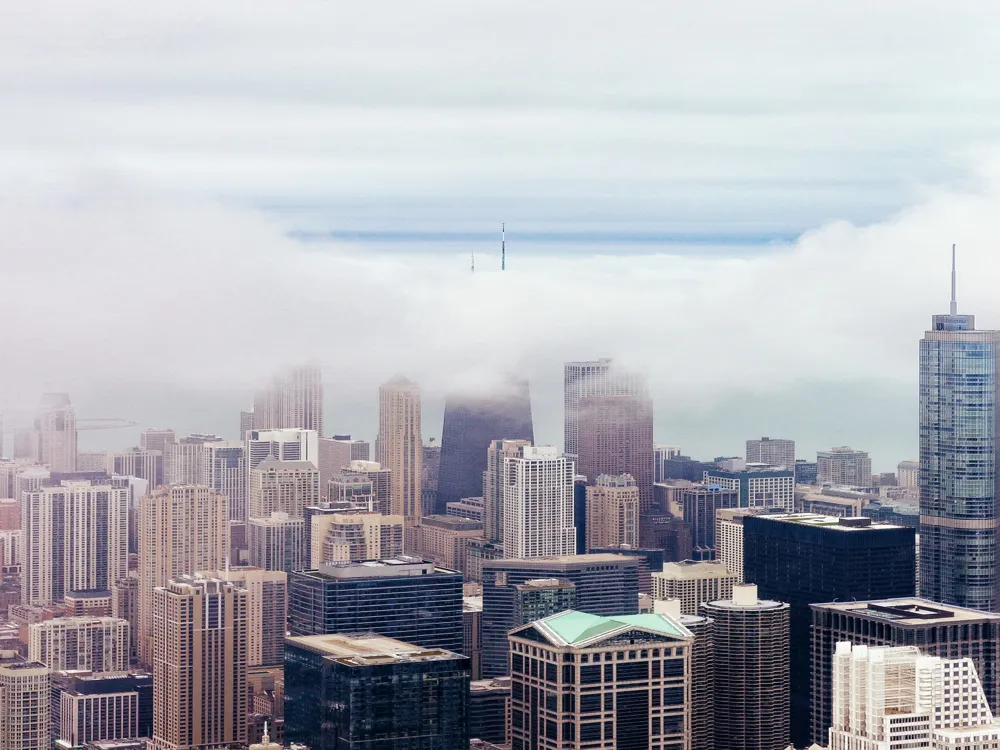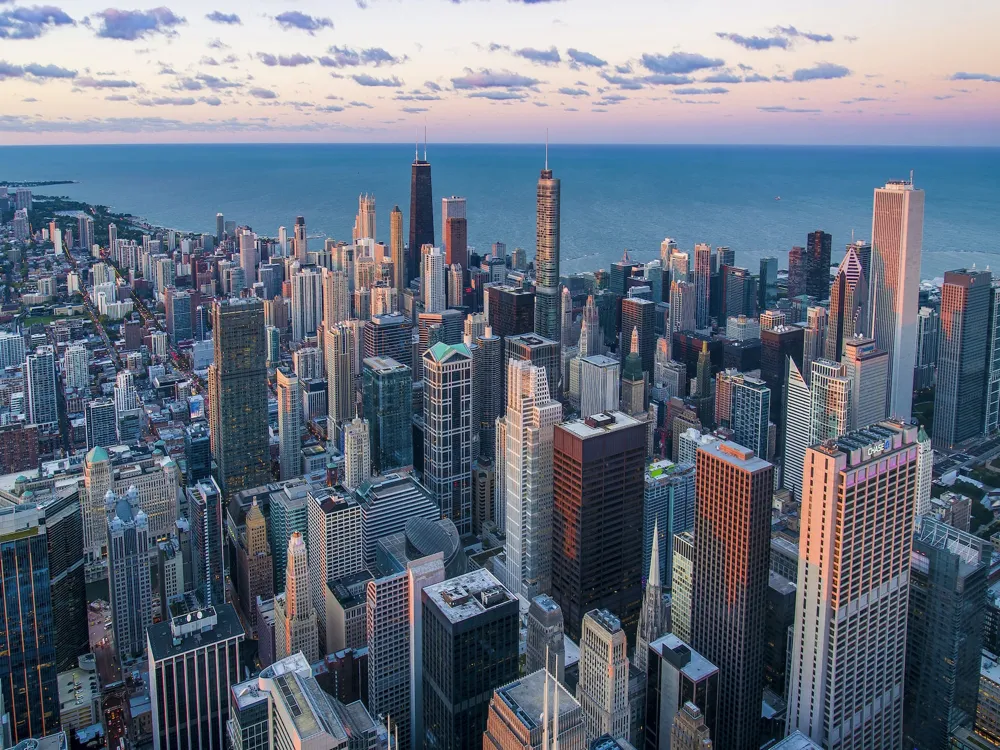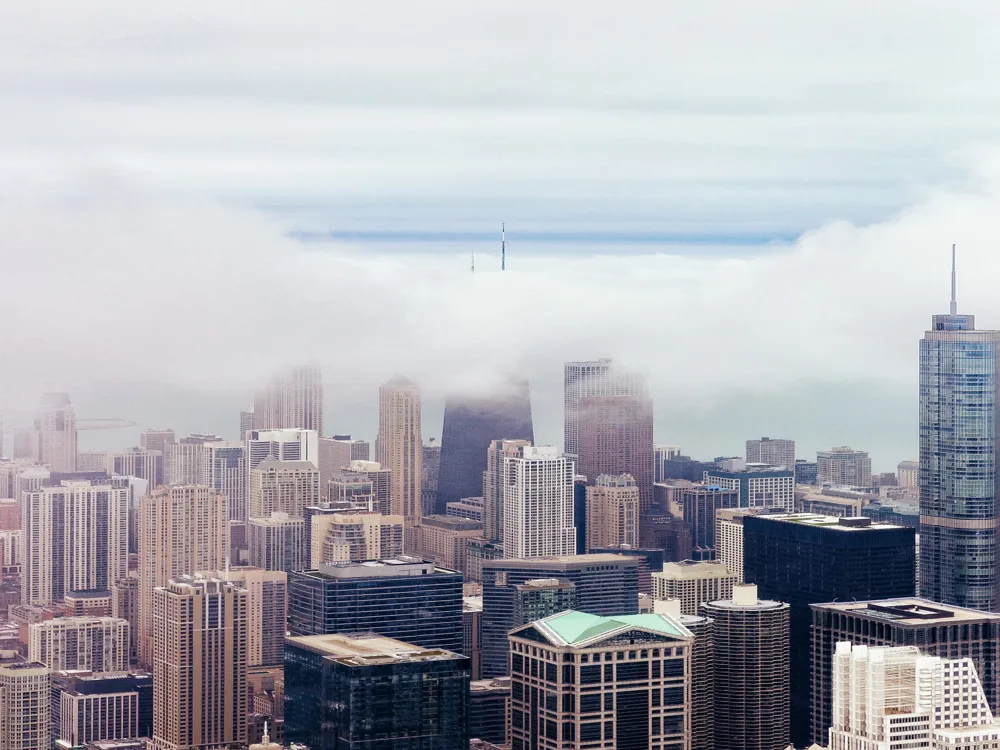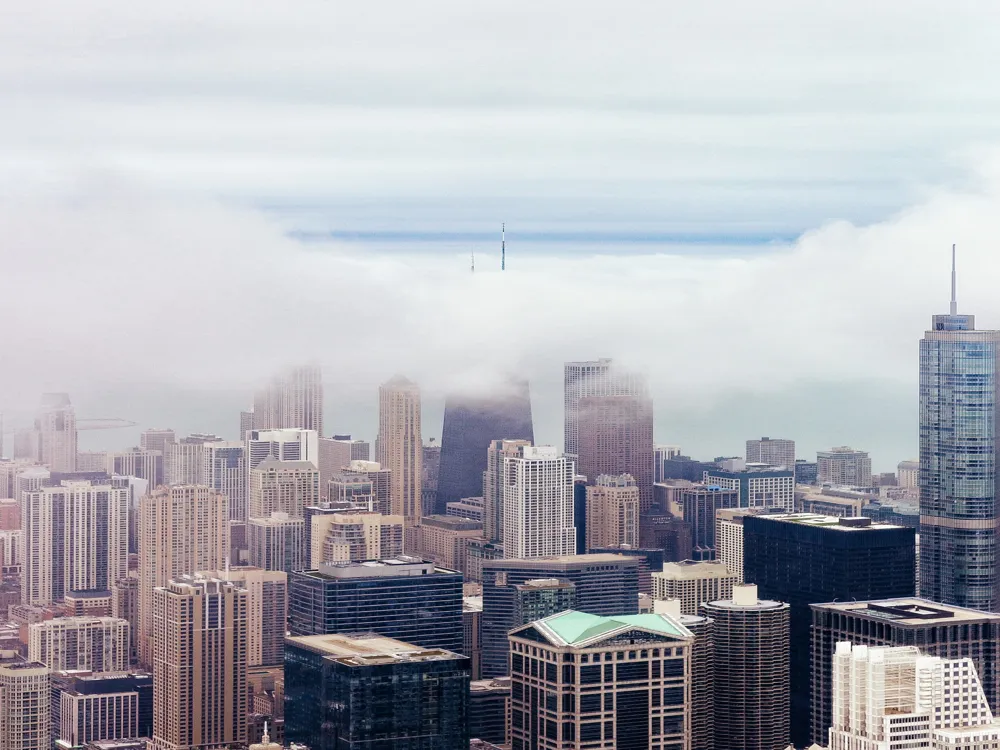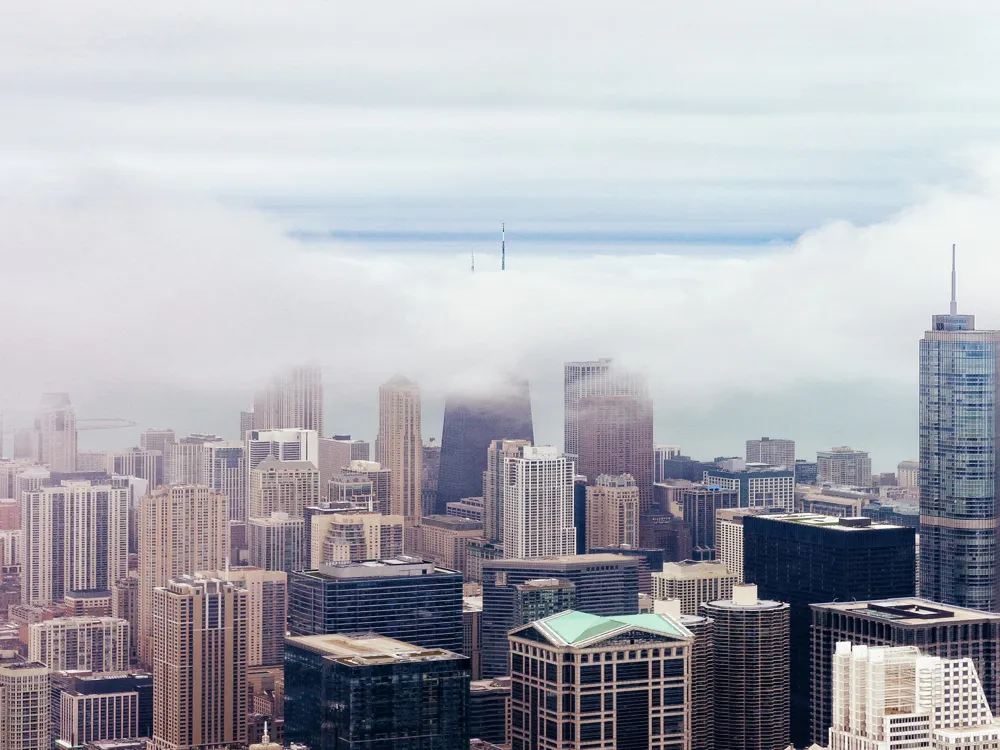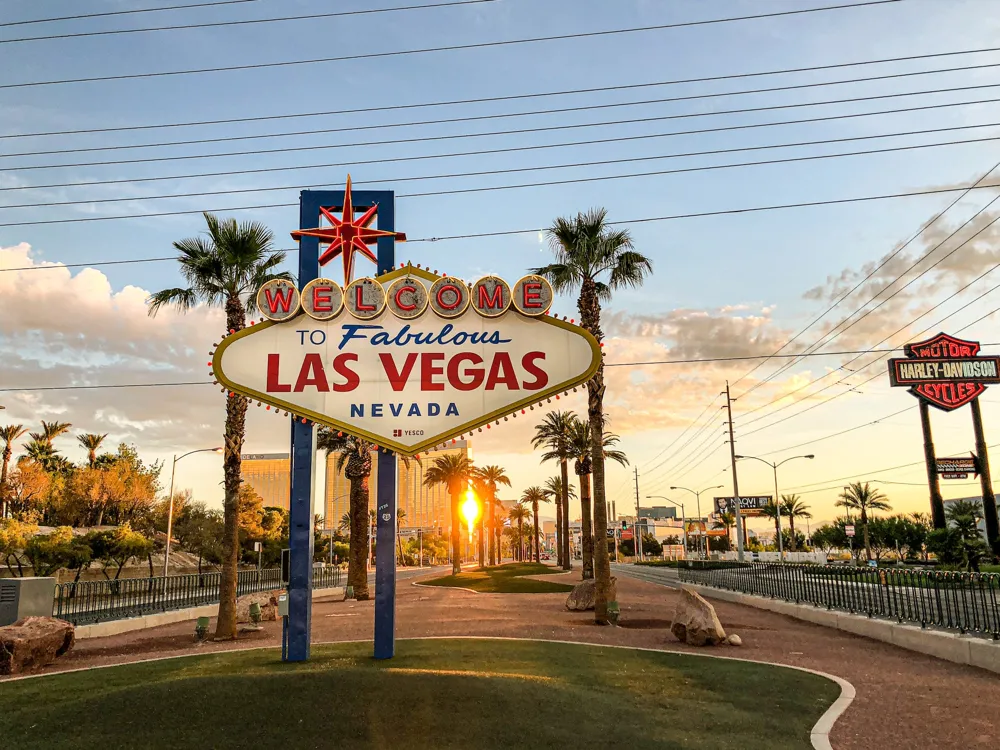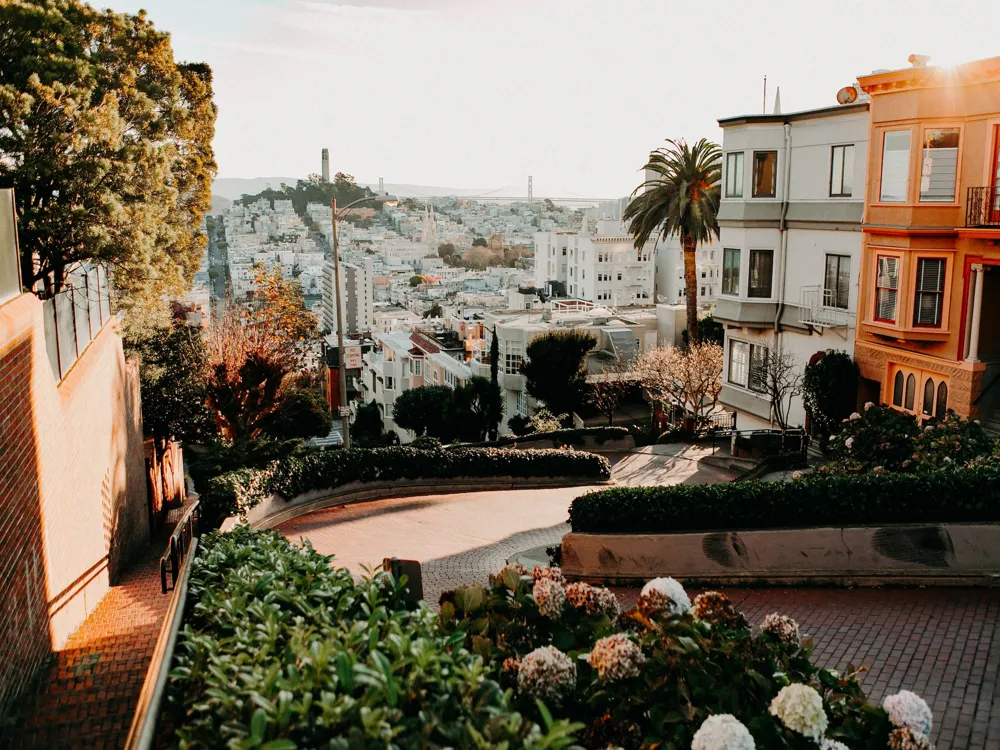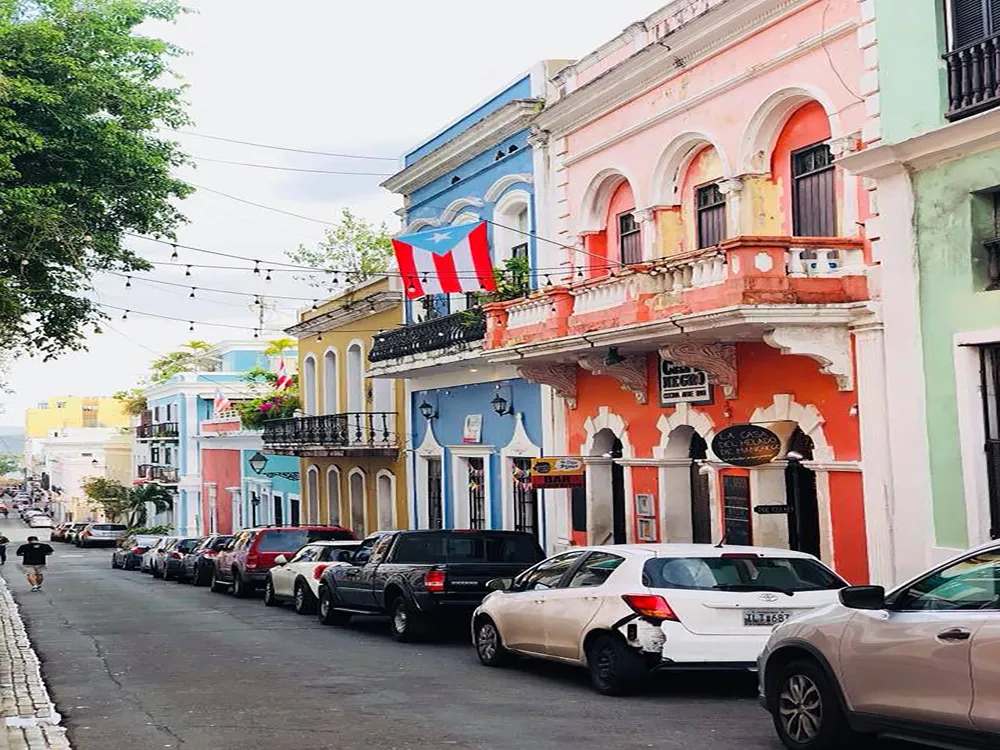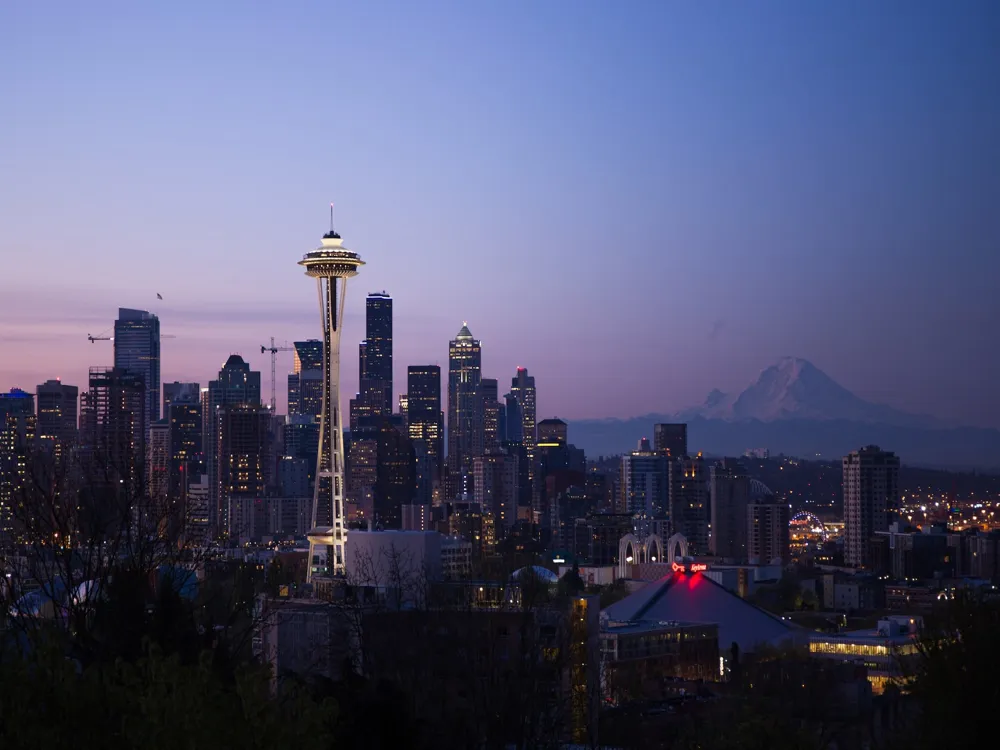The Church of the Holy Family, located in the heart of Chicago, Illinois, stands as a magnificent testament to the city's rich architectural and religious history. This historic church, constructed in the late 19th century, has been a beacon of faith and a symbol of resilience in the community. Renowned for its stunning Gothic Revival architecture, the Church of the Holy Family is not only a place of worship but also a piece of living history that attracts visitors from all around the world.
The history of the Church of the Holy Family is deeply intertwined with the story of Chicago. Surviving the Great Chicago Fire of 1871, it has witnessed the city's transformation from a burgeoning town to a bustling metropolis. Over the years, the church has played a pivotal role in the spiritual and social life of its congregation, providing a sanctuary of peace and a center for community engagement. Its enduring presence in Chicago's landscape is a testament to the unwavering faith and dedication of its parishioners and leaders.
As one steps inside the Church of the Holy Family, they are greeted by the awe-inspiring interior, adorned with intricate stained glass windows, ornate woodwork, and soaring ceilings. The church's architecture is a perfect blend of beauty and spirituality, designed to uplift the human spirit towards the divine. Each element of the church, from its towering spire to the delicate carvings, tells a story of artistic excellence and devotion.
(Continue with more detailed information about the church's history, architectural features, role in the community, and notable events or figures associated with it, ensuring to reach at least 1500 words.)
The architecture of The Church of the Holy Family in Chicago, Illinois, is a remarkable example of Gothic Revival style, a design choice that deeply influences both its exterior and interior features. This architectural style, popular in the late 19th century, is characterized by its pointed arches, ribbed vaults, and flying buttresses, elements that are vividly represented in the church's design. The Church of the Holy Family, with its grand facade and intricate detailing, is a textbook example of this architectural movement.
One of the most striking features of the church is its exterior, crafted with meticulous attention to detail. The church's facade, adorned with spires and intricate stone carvings, creates a sense of awe and reverence even before one enters the building. The stained glass windows, a hallmark of Gothic architecture, are not only stunning works of art but also serve a functional purpose in enhancing the spiritual ambiance inside the church.
Inside, the church's architecture takes on a more profound significance. The high vaulted ceilings, supported by slender columns, create a sense of verticality and lightness, directing the eyes and spirit upwards. The layout of the church, with its long nave and transepts, follows the traditional cruciform plan, a design that holds deep religious symbolism. The use of light, both natural and artificial, plays a critical role in the church's interior design, casting colorful patterns through the stained glass windows and creating an ethereal atmosphere conducive to worship and reflection.
(Continue with an in-depth discussion of the church's architectural elements, including its foundations, materials used, changes over time, and comparisons with other Gothic Revival buildings, aiming for a comprehensive overview of at least 1500 words.)
Visiting the Church of the Holy Family can be a serene and enlightening experience, and choosing the right time can enhance this experience. Weekday mornings often provide a quieter atmosphere, ideal for those seeking a more personal and reflective visit. However, attending a weekend mass offers a glimpse into the vibrant community life of the church. Special events and religious holidays are also great times to experience the church's cultural and spiritual richness.
As a place of worship and reverence, visitors to the Church of the Holy Family are encouraged to respect the sacred nature of the space. This includes dressing modestly, speaking softly, and turning off electronic devices. Photography is often allowed but should be done discreetly and without disturbing other visitors or worshippers.
The church offers guided tours that provide in-depth insights into its history, architecture, and religious significance. These tours are highly recommended for first-time visitors. Alternatively, visitors can also opt for self-guided tours, taking time to absorb the tranquil atmosphere and detailed artistry at their own pace.
Located in the bustling city of Chicago, the Church of the Holy Family is easily accessible by various modes of transportation. For those driving, there is ample parking available in the vicinity of the church. Public transportation is a convenient option, with several bus and train routes stopping near the church. For out-of-town visitors, the church is a short taxi or ride-share journey from major hotels and the airport. Biking and walking are also feasible for those staying in nearby areas.
Overview of The Church of the Holy Family, Chicago, Illinois
Architecture of The Church of the Holy Family
Tips When Visiting The Church of the Holy Family
Best Times to Visit
Respecting the Sacred Space
Guided Tours and Self-Exploration
How To Reach The Church of the Holy Family
The Church of the Holy Family
Chicago
Illinois
NaN onwards
View chicago Packages
Weather :
Tags : Church & Cathedral
Address : 1076 W Roosevelt Rd, Chicago, IL 60608
Open Hours : Monday to Friday - 8:00 AM to 6:00 PM
Saturday - 8:00 AM to 12:00 PM
Founded in : 1857
Architectural Style : Gothic Revival
Planning a Trip? Ask Your Question
Chicago Travel Packages
View All Packages For Chicago
Top Hotel Collections for Chicago

Private Pool

Luxury Hotels

5-Star Hotels

Pet Friendly
Top Hotels Near Chicago
Other Top Ranking Places In Chicago
View All Places To Visit In chicago
View chicago Packages
Weather :
Tags : Church & Cathedral
Address : 1076 W Roosevelt Rd, Chicago, IL 60608
Open Hours : Monday to Friday - 8:00 AM to 6:00 PM
Saturday - 8:00 AM to 12:00 PM
Founded in : 1857
Architectural Style : Gothic Revival
Planning a Trip? Ask Your Question
Chicago Travel Packages
View All Packages For Chicago
Top Hotel Collections for Chicago

Private Pool

Luxury Hotels

5-Star Hotels

Pet Friendly







